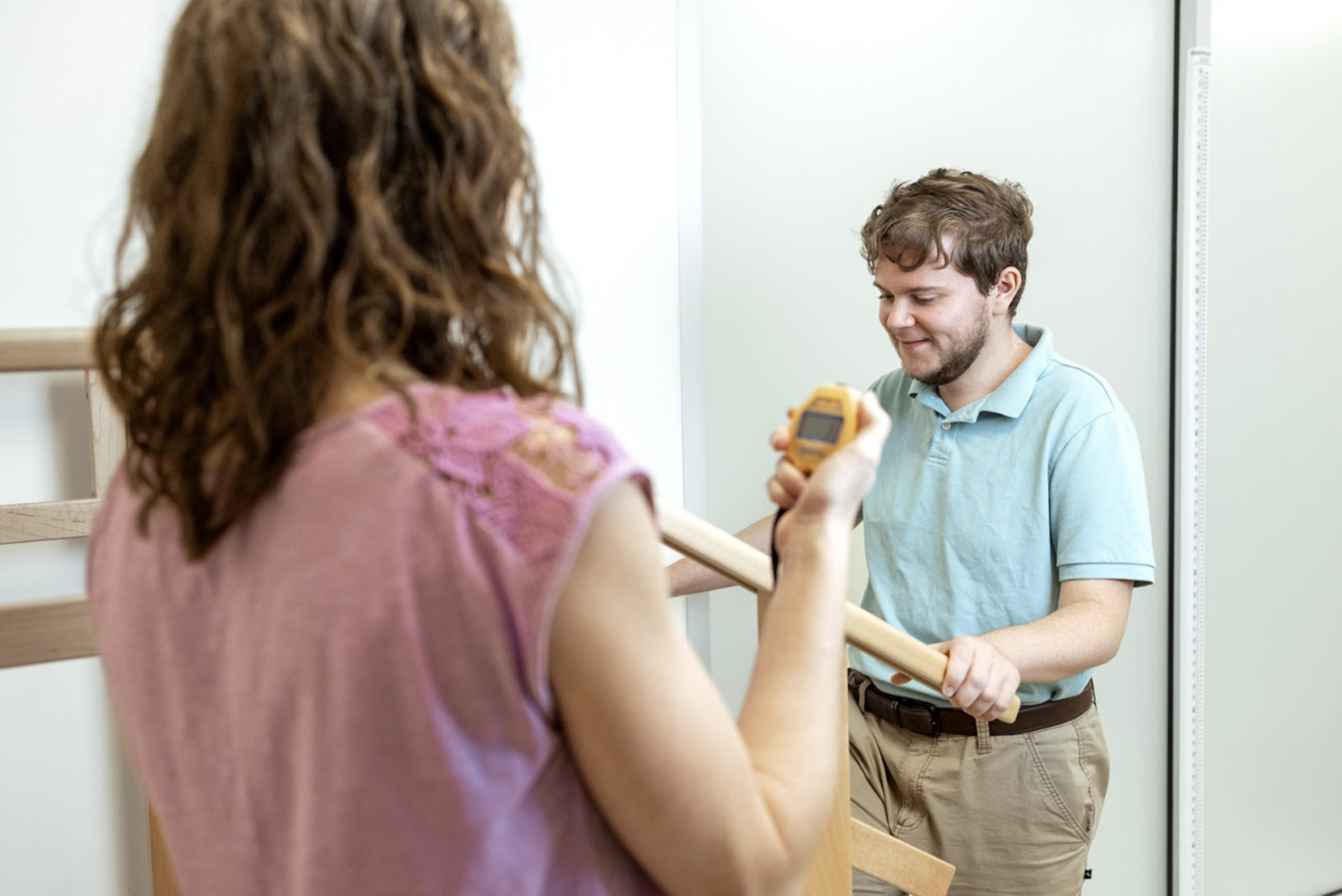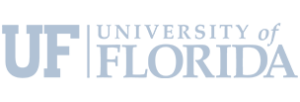Exercise is a great way to improve your physical and mental health. However, knowing what exercises to do with a Becker muscular dystrophy diagnosis can be a challenge. Consult your doctor before beginning to exercise. You may ask yourself what exercises you can do and which are safest for your well-being. We’ll cover the most common questions asked about exercising with BMD and some tips on how to get started.
Can You Exercise with Becker Muscular Dystrophy?
While Becker muscular dystrophy (BMD) can limit movement, that doesn’t mean exercise is out of the picture! In fact, one study found that moderate exercise improved physical endurance, walking distance, and muscle strength for men with BMD. Furthermore, exercise is a great way to improve your overall health and mental well-being. Exercise produces endorphins which can:
- Reduce mental stress
- Boost self-esteem
- Support the immune system
- Temporarily reduce inflammation and pain
- Improve sleep quality
- Help with circulation
- Support improved balance
- Relax the body
- Help with positioning
Everyone is going to be different with how their body reacts to exercise. Always talk to your healthcare providers about exercise before trying something new in your routine, and ensure that your cardiac health can endure your desired intensity of exercise.
What Exercises Are Good for Becker Muscular Dystrophy?
The general rule of thumb for men with BMD is to participate in mild to moderate exercise—the intensity can depend on physical capabilities and cardiovascular health. Some good examples of exercises for men with BMD include:
- Swimming and Water Exercises: The water helps take the burden off of the muscles and bones, reducing the chance of damage to either. Walking, swimming, or using a kickboard are great exercises to consider doing in the water.
- Balance Exercises: Gently challenging your balance capabilities is a great way to improve your balance over time. Because this activity has no resistance on your muscles, it doesn’t risk muscle damage and can be done in sitting or standing.
- Bowling: Exercise can be fun! Using plastic pins and lightweight balls helps improve balance, targeting abilities, and arm strength. This is another activity that you can do either sitting or standing.
- Stretching Exercises and Yoga: Simple stretches and yoga can help improve mobility and flexibility. Make sure you don’t strain your muscles too far past their limits, but stretching may help relieve some stiffness. Yoga has the added benefit of promoting relaxation and mindfulness in the body.
- Breathing Exercises: Engaging in mindful breathing exercises can help your body relax, clear the back of your throat, and bring more oxygen into your body. Practice taking deep breaths and stacked breaths.
- Cycling: Using a cycling machine with no resistance is a great way to improve leg strength and get some exercise in. Use a stationary bike to avoid the risk of losing balance and falling. Arm cycling can provide similar benefits to your upper body.
- Walking: If you are able, taking a short walk is a good mild exercise to get you moving. Make sure you have someone with you as you walk to spot you in order to avoid falling or tripping. Don’t push yourself—walk as much as you comfortably can.
- Isometric Exercises: An isometric hold (contracting the muscles around a joint that remains still) is the least damaging of the contractions your muscles can do. One example of this is a bicep curl where you hold your elbow bent for three to five seconds. Don’t hold your breath while doing isometric exercises.
- Everyday Activities: Household activities such as cooking and cleaning can keep your body active. Helping with cooking or chores counts as exercise, but you can also engage in more fun activities such as art, music, or even gardening.
Tips for Exercising with BMD
While exercising can be a great way to improve the quality of life for men with BMD, there are certain precautions you should take when exercising. We’ll go over some tips for how to safely exercise with BMD.
Consult Your Physician Before You Start an Exercise Program
Be sure to speak with your doctor before beginning any exercise program. This is an important step as your medical team will be able to provide key information aimed at keeping you safe while you are active. They may do an evaluation to determine what will be best for your heart regarding exercise.
Go at Your Own Pace
Everyone is different. Whether it’s physical ability, BMD progression, or endurance, it’s going to vary from person to person. If you are unable to walk, you will have different exercise options than those who are able to walk—and that’s okay.
Exercise within the means of your condition rather than focusing on what others can do. You have to figure out your own capabilities and limits when it comes to exercising. Don’t compare yourself to others with BMD (or other muscular dystrophies) and their progress. Take each step at your own pace to avoid feeling discouraged or pushing yourself too hard.
Don’t Overexert Yourself
While exercise has several benefits for the health of your heart, you don’t want to overexert it when you have BMD. Intense exercise can weaken or even damage the musculoskeletal system. To protect your musculoskeletal system and your heart, keep your exercise at mild to moderate intensities. Although most exercises make you increase your breathing, you should still be able to hold a conversation and not feel out of breath (still be able to sing) at mild to moderate exercise intensities.
Have Someone with You
Men with BMD may have a higher risk of falling, losing balance, or tripping. Exercise can increase this risk depending on the type of exercise being performed. Consult a physical therapist for appropriate recommendations in order to avoid injury. Exercising with friends can be fun and can provide a spotter while you exercise. This person can be your caregiver, friend, family member, or your physical therapist.
Talk with Your Physical Therapist
You’ll want to discuss your exercise goals with your physical therapist. They’ll be able to guide you on appropriate exercises for your condition and perhaps can even incorporate health goals into your regular sessions. Make sure to keep your physical therapist and healthcare team informed on your progress and bring up any concerns that may arise as you exercise.
Progress BMD Research with ImagingNMD
There’s still a lot of research to be done on the effects of exercise on men with BMD. We hope to bridge this gap in research and provide further insights on how to non-invasively image the progression of BMD in men using MRI scanners.
As a man with BMD, you have the unique opportunity to help researchers learn more about the progression of BMD. Your participation in our observational trial is invaluable in helping researchers gain insights into the progression of BMD and is entirely voluntary. The study will investigate whether MRI can be used as an outcome measure to help researchers determine the effect of different treatment interventions in clinical trials, replacing the use of muscle biopsies.





